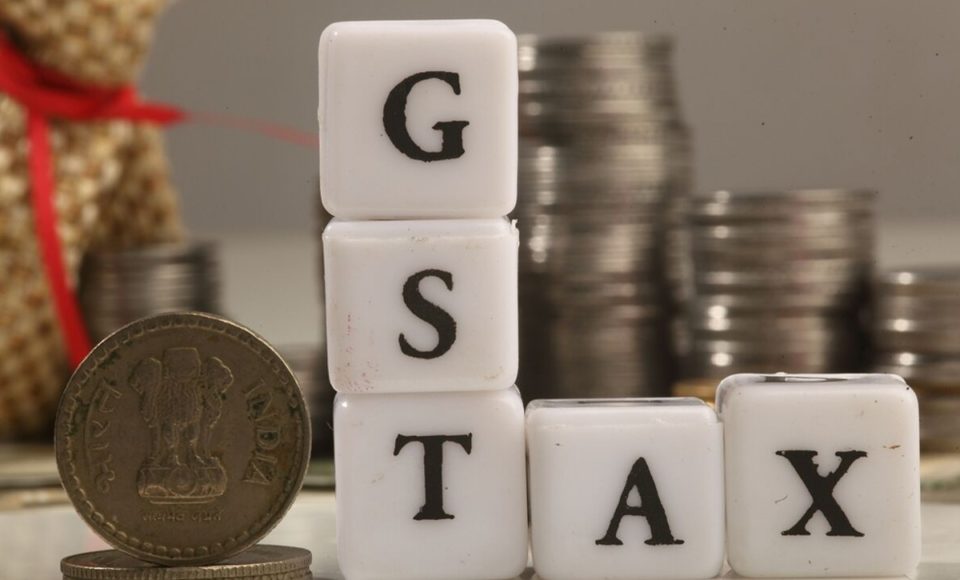The introduction of GST on the 1st of July 2017 was an important milestone for India. It meant that you did not have to register for multiple taxes like VAT, excise duty, customs duty, or service tax.
While you needed to hire tax professionals to implement GST in terms of forms being used and filing returns on time, the convenience of doing business meant you could focus on growing your business and increase your revenues.
How Has GST Affected Real Estate?
If you wanted to buy real estate before the GST era, you would have to pay multiple taxes. These include VAT, registration charges, stamp duty, and service tax. Not only were these rates different, but they also varied from state to state.
GST rates for real estate were revised post-April 1, 2019, for all three categories. The three categories are affordable housing in the residential segment, non-affordable housing in the residential segment, and commercial property.
To qualify as an affordable residential property, the carpet area would have to be under 60 sqm for metropolitan areas, 90 sqm in non-metropolitan areas, and the value of the property, in either case, would not be over Rs. 45 lacs.
The cities that came under metropolitan areas were Mumbai, Delhi NCR, Kolkata, Chennai, Bengaluru, and Hyderabad.
GST Rates Before the 1st of April, 2019 –
GST Rates before the 1st of April, 2019, were as follows:
The affordable housing category in residential property would require to pay 8% as GST without the input tax credit.
The GST for non-affordable housing in the residential property category was 12% with the input tax credit.
For commercial property, the GST was 12% with the input tax credit.
GST Rates After the 1st of April, 2019 –
After the 1st of April, 2019, the GST rate for residential property, affordable housing category, was revised to 1% without ITC.
For the non-affordable housing section under residential property, the GST was revised to 5% without ITC.
The GST for the commercial property segment remained unchanged at 12%.
GST is applicable only for the sale of under-construction property. It does not apply to completed property, purchase, or sale of land or old property being resold.
When it comes to real estate, there exists GST on input raw materials like refractory bricks, glass for use in construction, prefabricated structural parts, marble or granite, and portland or slag cement. While most of the raw materials attract GST at 18%, portland or slag cement attracts GST at 28%!
Works contract and composite supply under works contract also attract GST at 18%.
What You Need To Know About GST
If you are a provider of goods and services and have a turnover of over Rs. 40 lacs, then you need to know your gst.
The GSTIN or the goods and services tax identification number is a 15-digit unique number assigned to you when you register your business for GST.
The first 2 digits of this 15-digit number represent the state code. The following 10 digits refer to your PAN number. The 13th, 14th, and 15th digit represent the number of registrations in the state, Z, and check code, respectively.
You can apply for GST through the online portal. The documents that you will require to apply for GST are your PAN number, jurisdiction information, IFSC details of bank, a valid bank account in India, place of business, mobile number, all prescribed documents, PAN of at least one proprietor or partner.
How Do I File My Annual GST Return?
If you are liable to pay tax under GST, then you need to know the gst annual return. The GST Annual Return or GSTR-9 is the return you need to submit annually. Supplies made or received during the year are recorded under CGST, IGST, or SGST as applicable.
GSTR-9 comprises of all the monthly and quarterly returns such as GSTR-1, GSTR-2A, GSTR-3B which need to be filed every year. Data reconciliation is easier with GSTR-9.
You don’t need to file the GSTR-9 if you have opted for the composition scheme, are a casual taxable individual, non-resident, or pay TDS as per Section 51 of the CGST Act.
Grow Your Business by Opting for GST
Not only do you pay lower rates as GST, but you also just pay a single tax and can focus on business development. Register for GST today and watch your business grow.

